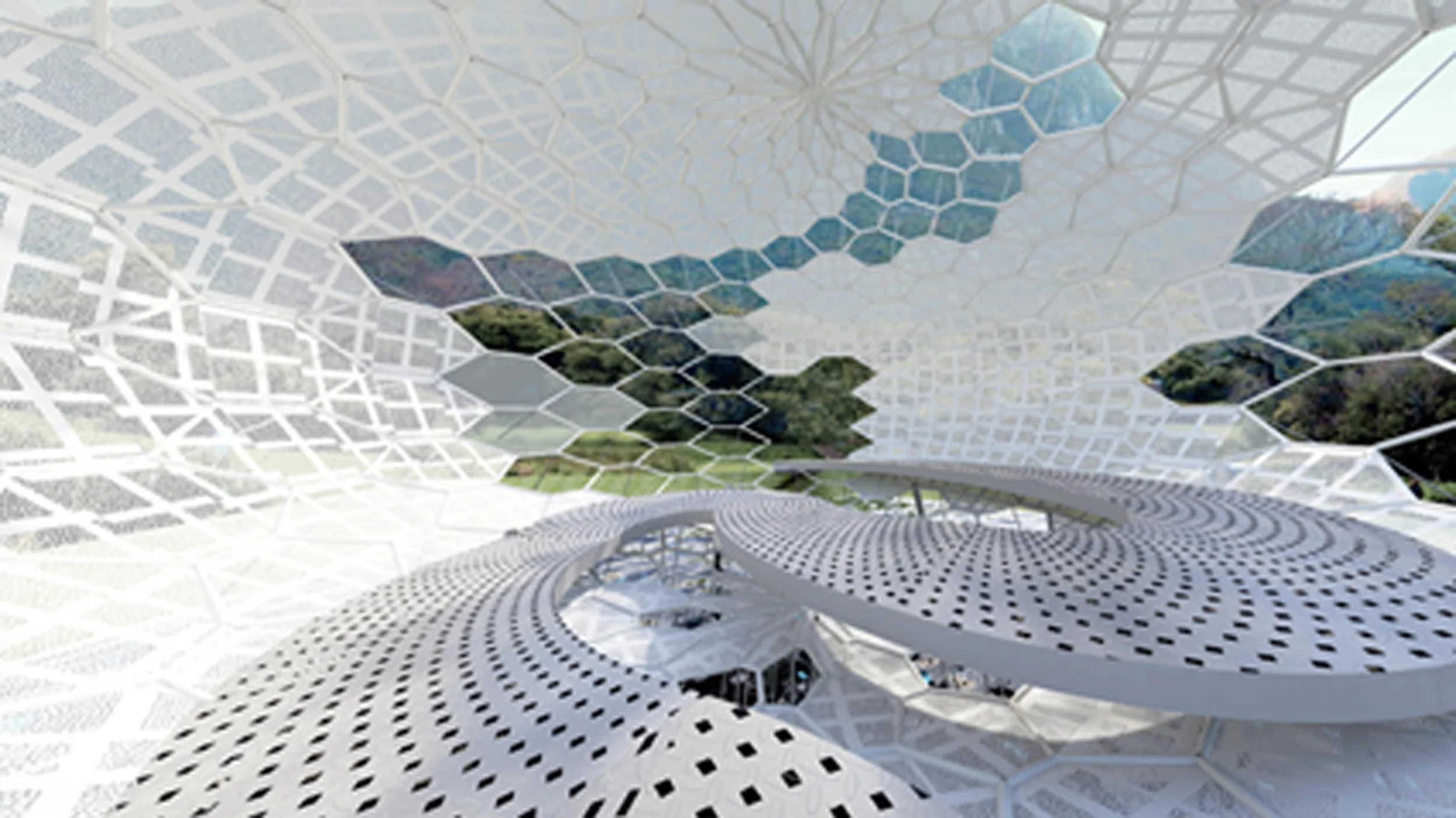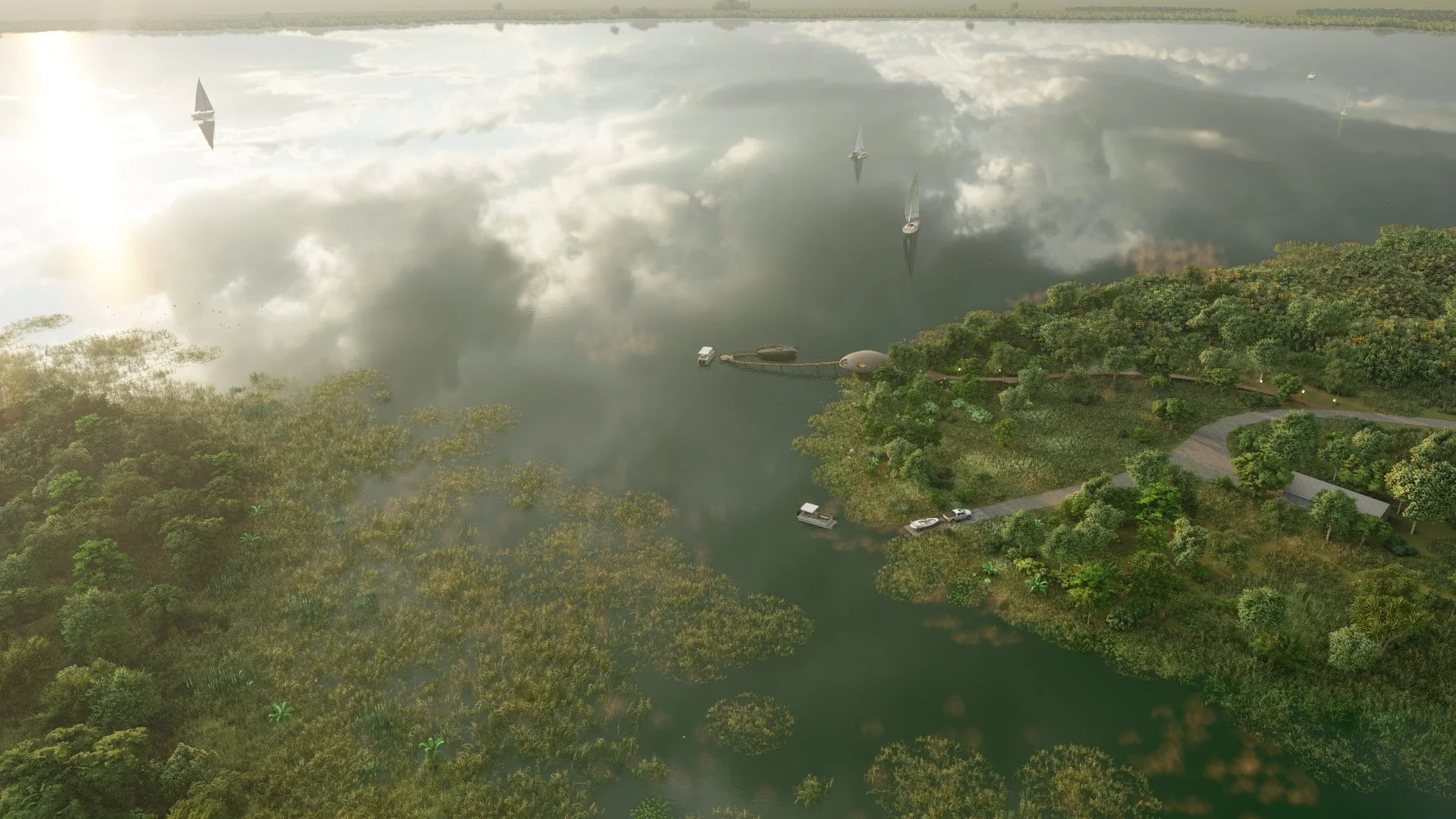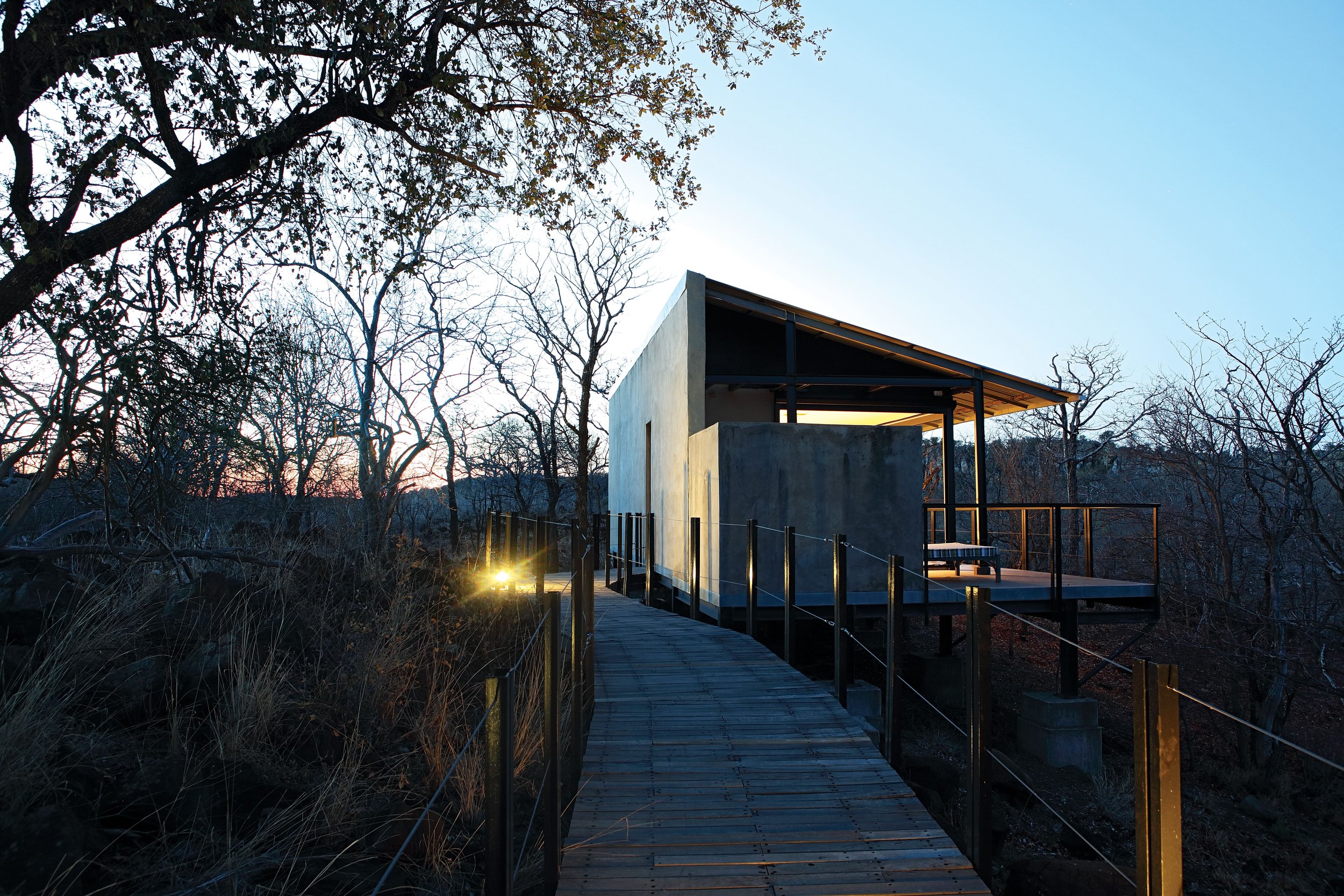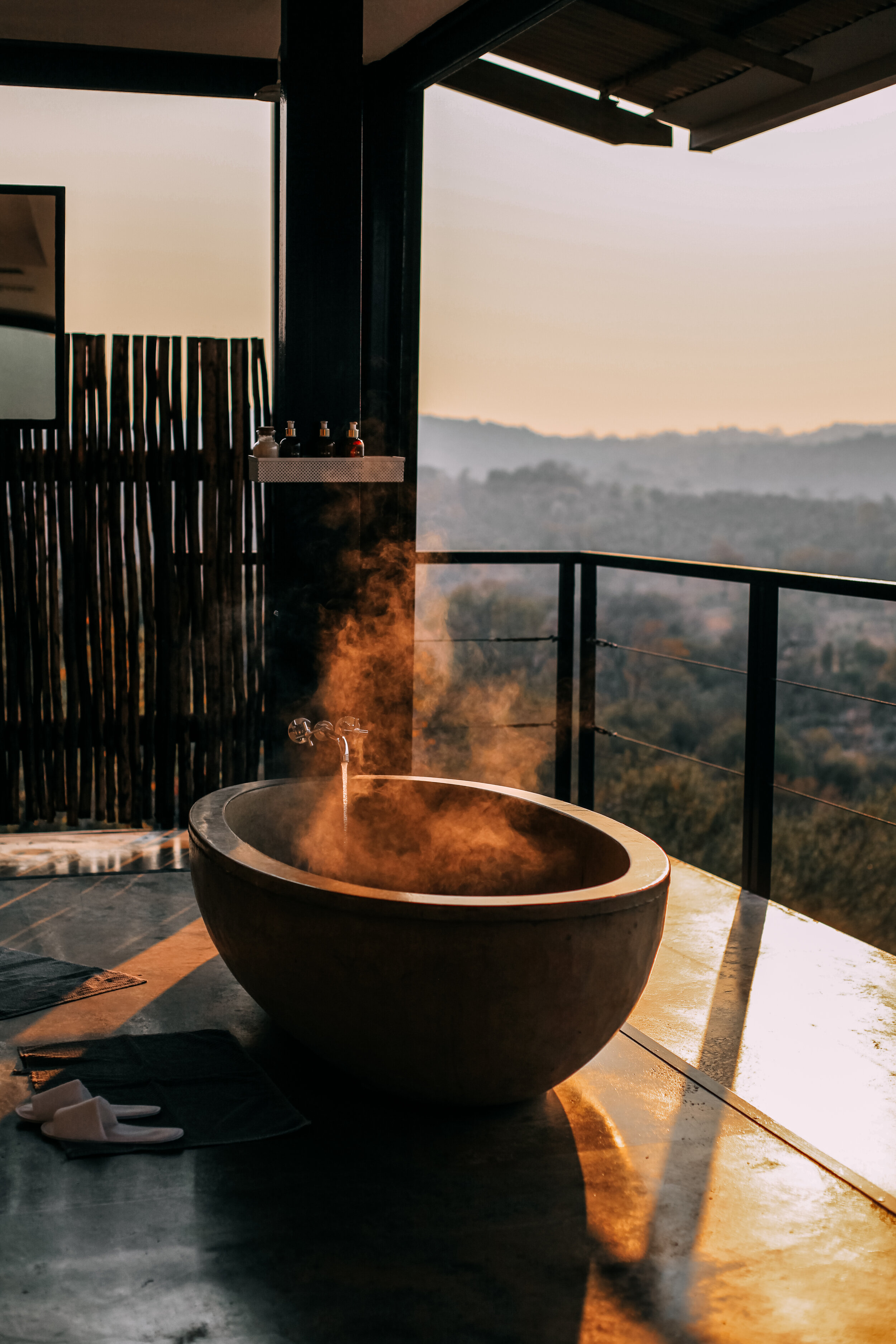In the most remote part of the Kruger National Park, a UNESCO World Heritage Site, in a wilderness previously undisturbed by visitors, lies the vast concession awarded to The Outpost as a result of a groundbreaking agreement between the Makuleke people and the South African National Parks Board. In 1969 the apartheid government forcibly removed the Makuleke people from their ancestral land in order to extend the Park to the borders of Zimbabwe and Mozambique. In the 1990s, after the return of democracy in South Africa, the Makuleke people instituted a land claim which resulted in the return of the title of the region to the Makuleke people provided that it remains part of the park. The conditions of the agreement stated that the land must remain in pristine condition with the Makuleke people holding a concession on twelve lodges that could be built in accordance with the Parks Environmental Guidelines for limited ecotourism. Private developers were allowed to commission developments that would be built and managed in collaboration with the tribe. The workforce involved with the construction and running of the lodges would come from the tribal community. The Outpost is the first lodge to be built in this vast region.
The lodge consists of twelve freestanding units, the main building with reception, a restaurant and dining, and lounge areas, and an outdoor swimming pool.
The main aim of the project was an architecture that would sit subtly in the striking landscape and would provide luxury accommodation and a compelling relationship with nature. On arrival, visitors are confronted by a long wall, which is entered through a small opening. On entry, visitors experience an explosion of view, with 300 kilometers of the Kruger National Park spread out beneath them. The 12 units are scattered along the long, narrow site, with a one kilometer long raised teak walkway connecting them. The walkway also conceals the water, electricity, and phone lines. In order to keep the environment undisturbed, the buildings are all raised on stilts.
The open-plan units, consisting of a bedroom, sitting room, and bathroom, have been designed to maximise their connection with the natural surroundings & views. This area is home to the magnificent Lanner Gorge, a natural wonder and one of the most dramatic viewpoints in the whole of Kruger which can be seen from the lodge and its private rooms. Most of the exterior walls are retractable creating a situation where the separation between ‘inside’ and ‘outside’ does not exist. The orientation and positioning of the units ensure that privacy is maintained despite the transparent nature of the design. Cooling is achieved by an environmentally sustainable water-based air-conditioning system.
The design and construction techniques used at The Outpost had to be tailored to the reality of an unskilled work crew from the Makuleke tribe and the remoteness of the site. Materials were prefabricated in Johannesburg and transferred to the site. The limited material selection consisted of local timber (teak and meranti), concrete, steel members, pre-painted corrugated-steel sheeting concrete floors sealed with beeswax polish. Workers were trained on-site.
Wallpaper* Magazine Best Safari Lodge 2003
Project Architect: Enrico Daffonchio

































































































